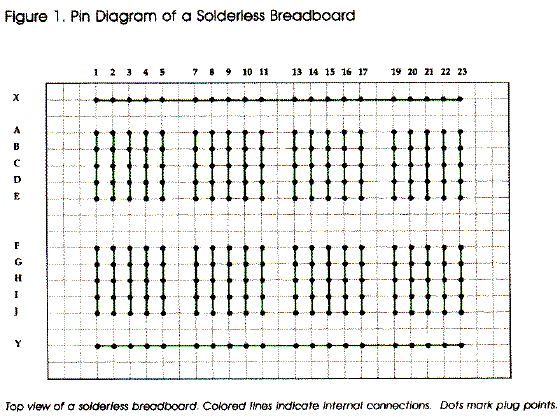Here are my three favorite stringed instruments!
Box Guitar
 Materials:
Materials: Cardboard box
Toothpicks/skewers
Rubber bands
& lots of hot glue
How to build:
1. The cardboard box acts as the resonance chamber. Fold the box so that there is a gap somewhere on top. Play around with different box shapes and gap sizes to find a sound you like.
2. Test the stretchiness of your rubber bands. Determine what sounds you like, and note how much they need to be stretched to make those sounds. Organize the rubber bands by pitch (high vs. low).
3. Insert a skewer or toothpick into the box where you plan on anchoring one end of the rubber band (right side in the photo above). Hot glue it into place and add a dab of glue to the top to keep the band from slipping off.
(It's easiest to start w/ the lowest notes, since those are the longest.)
4. Stretch the rubber band across the gap. Test various sounds by stretching the rubber band at different lengths. Stop when you find a sound you like, and mark where you want the skewer (either w/ a pen or by poking a hole into the box).
You can get two, or three, unique notes by shaping the rubber band into a triangle. This takes some trial and error and a good deal of patience, but is oh-so satisfying when you find the right notes.
5. Insert skewer(s) & glue into place, again adding a dab of glue at the top.
6. Repeat 2 - 5 as necessary. Remember to keep testing the sounds as you go, checking the harmony of new notes w/ those already installed.
7. Glue top flaps of box for structural support.
8. Decorate!
That's it! It's recommended to go slow and glue only when you're completely satisfied w/ the notes. It's possible to fix it later, but it's easier to get it right the first time :)
Polygonalin
Materials:
Styrofoam/paper cup
A bundle of toothpicks/skewers
Rubber bands
Hot glue!
How to build:
1. Poke hole in center of cup
2.Stick a bunch of toothpicks around the outside of the cup. The number and spacing determine the types of sounds you get, so test out various combinations.
3. When you are satisfied and/or fed up, hot glue the toothpicks onto the cup. Add a dab of glue onto the top of the toothpick (again, to keep the rubber band from slipping off).
4. Add in rubber bands! Create and test different polygon shapes. Ideally each side will sound out a unique note.
Three rubber bands each w/ three distinct sounds gave me enough notes to enjoyably and easily create music.
TaDa! Play away! Skewers make a convenient plucking tool.
Cupsichord
Materials:
Styrofoam/paper cup
Cardboard
Toothpicks/Skewers
Rubber bands
Hot glue
How to build:
1. Glue a circular piece of cardboard to the bottom of the cup (structural support).
2. Poke a hole through the middle of both the cardboard and cup.
3. Stick and glue three or more toothpicks onto the cup.
4. Stick and glue a skewer into the cardboard horizontally; the setup is similar to a banjo or guitar or any other stringed instrument w/ a neck.
5. Glue toothpicks onto the end of the horizontal skewer. Check the spacing by stretching a rubber band to those lengths to be sure you are getting the sounds you want.
(These allow for more combinations of notes on one lil' cup instrument!)
6. Attach rubber bands and make music!
As always, please let me know if you have any questions! And post your creations! I love seeing the awesome ideas other people concoct :D







